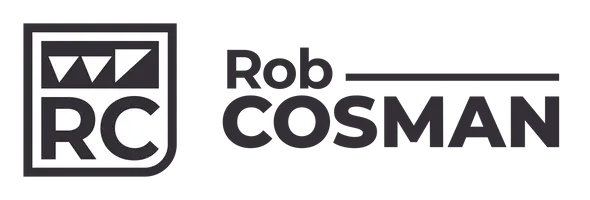My Two Favorite Dust Collection Subjects
By Luther Shealy
Sawdust, especially fine sawdust, is extremely hazardous to your lungs. Even short-term exposure can have seriously negative effects on your health. Not to mention, that the sawdust from some species of wood are known carcinogens or have high toxicity levels. This makes dust collection in your workshop essential to your health, plus it keeps your shop clean.

Creating a good dust collection system for your shop is important. In this article I will discuss my two favorite duct collection subjects: Auto start systems and dust collection fire hazards.
Auto Start systems.
Whatever your dust collection system is, its worthless unless it is turned on when you use your dust producing machinery. To this end I have found that unless turning on my dust collection system is super easy and convenient, I tend not to turn it on. My shop is exceedingly small, I would say tiny. I have a 2 hp dust collector in one corner connected to my machines with ungrounded PVC ducting. Because my shop is so small, I decided it would not be a problem to just walk to the dust collector and turn it on when it was needed. My farthest away machine it is only 5 steps to the dust collector switch so no big deal - right? Wrong! This turned out not to be convenient enough for me and I found myself making cuts without turning on the collector…walking 5 steps to the dust collector was too inconvenient!

I quickly upgraded to a remote-controlled power outlet that I plugged the collector into so all I had to do was push the button on my remote and the collector would turn on and off, no more walking to the switch. This worked, until I could not find where I last left the remote, once again it was too inconvenient to stop and find the remote and I was making cuts without turning on the dust collector.
The system that I finally installed and that works like a charm for me is blast gates that activate the collector. I purchased the Long Ranger blast gate system from Penn State Industries. Each blast gate has a switch on it that is connected to the dust collector. When I open a blast gate the system automatically turns on and when I close a blast gate the system turns off. No remote to mis-place. This system works great for me. Its convenient and I must open and close the blast gate so making that action start and shut off the collector is brilliant. Also, the system was a piece of cake to install.

Unfortunately, the “brian” of the Long Ranger system is now only available in 220v. My dust collector is a 110v system and that was available 4 years ago when I installed it. But for woodworkers with a 110v dust collector, here is a great YouTube video that shows you how to build a shop made 100v “brain” that will work with the Long Ranger blast gates. Here is the link: https://www.youtube.com/watch?v=iqJ1gggJfO4&t=179s
Fire Safety
You need to set up your dust collection in such a way that will protect against fires; however, there is a lot of misinformation about where the real fire hazard is in a woodworking dust collection system. There is a ton of misinformation on the issue of static electricity igniting dust moving through ungrounded PVC ducting systems.

Static electricity sparking a fire inside your ducts, even ungrounded PVC ducts, IS NOT A REAL HAZARD. There are no verifiable accounts of this ever happening and it is virtually impossible ignite such dust even under controlled laboratory conditions. I could go into all the details why but there is a great research study on this subject by Rod Cole from MIT. Here is a link to his research paper synopsis: http://www.woodcentral.com/articles/shop/articles_221.shtml
There are fire hazards you need to be concerned with in your shop but igniting dust moving through ungrounded PVC pipe is not one of them. That’s not to say that grounded your PVC ducting to prevent you from getting shocked when you touch it isn’t a good idea, just that it is not necessary to prevent a dust explosion.

Your dust collection bag or bin is where the biggest fire hazard in a dust collection system lies. If a piece of metal (say a screw or a piece of wire) or even a small rock gets sucked up through a floor sweep and into your collection system it could hit the blower impeller, cause small sparks and those sparks fall into your sawdust bin and slowly grow into a disaster, usually many hours after you leave your shop. You should never sweep your floor dust/dirt into your dust system if it might have metal or stone bits in it. For this reason, dust collection bins should be metal, not heavy cardboard or plastic. A metal can will not burn and if a fire starts will do a better job of containing the fire. I used a 20-gallon metal trash can.

Another great fire safety device is adding a cyclone separator before your blower impeller. With a cyclone separator that screw, or rock will drop into the dustbin before it reaches the impeller. Not to mention that a cyclone really helps keep your filters cleaner.



